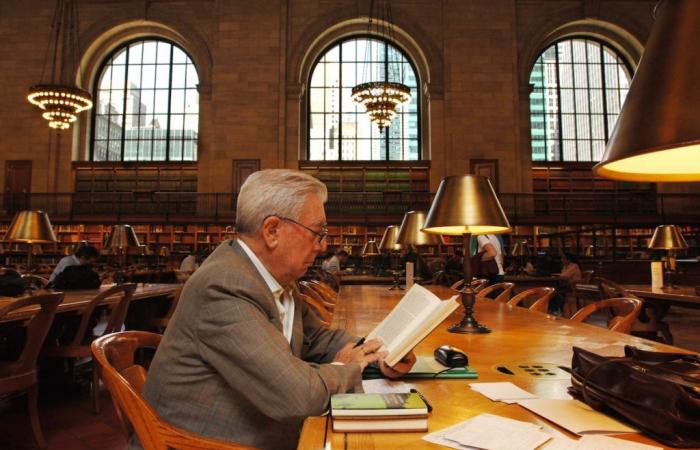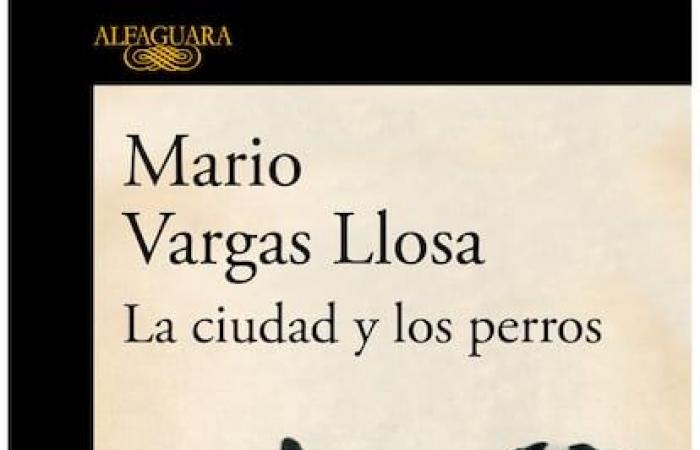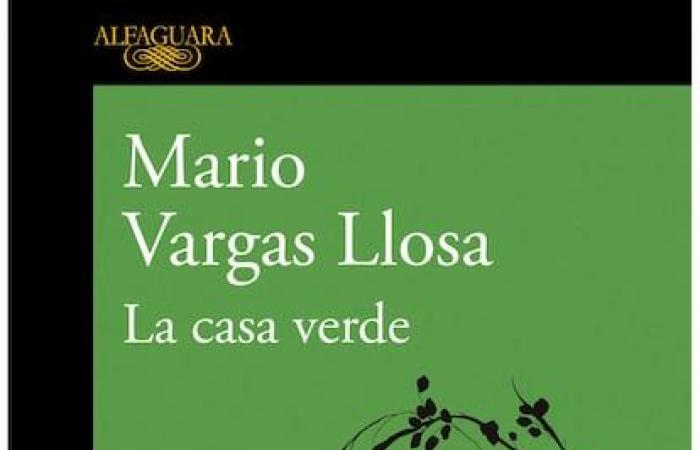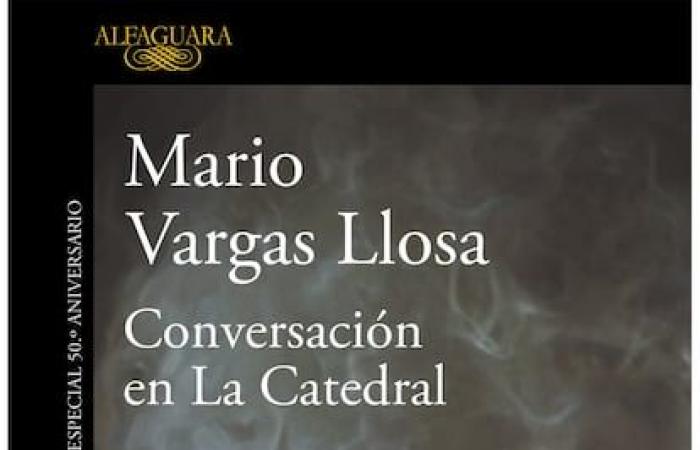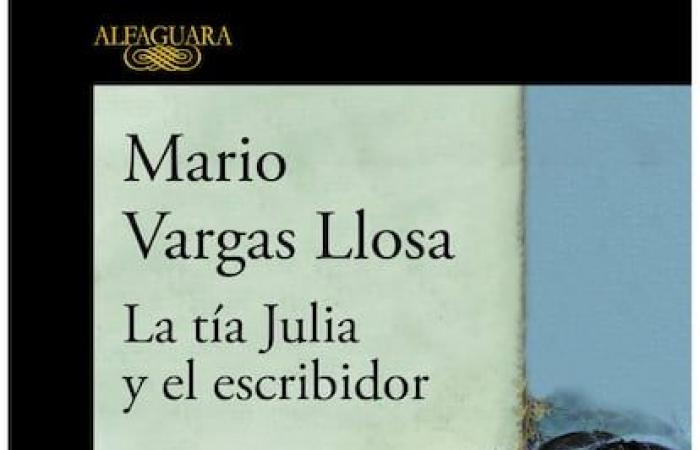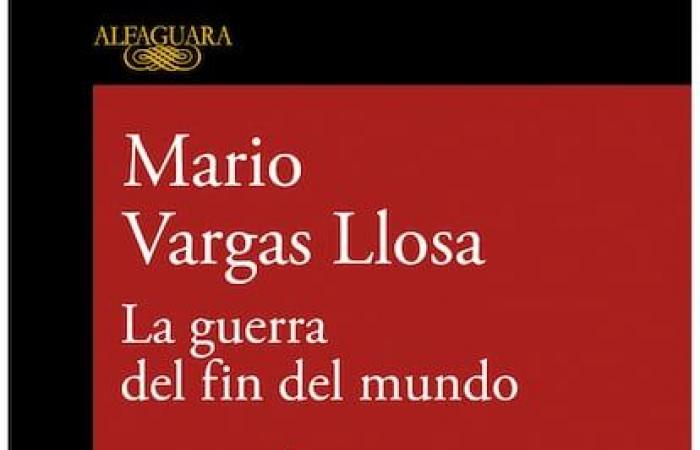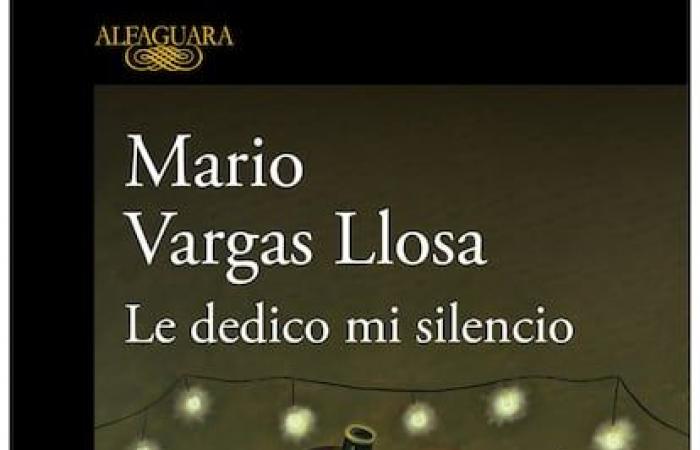Mario Vargas Llosa was “The first of the class”, as José Donoso called itperhaps the most uncertain case of narrative talent of that prodigious generation of the boom. In its harvest of novels and essays, the abundance of masterpieces, each of which could have sustained the prestige of an entire career. I propose here a dozen titles to start reading, a chosen library in which I have yielded to my own complaints.
The city and dogs (1963)
From the crossing of the adolescence memory at the Leoncio Prado Military College and its bulimic readings (Sartre and Malraux and Faulkner and the entire lost generation), This first and resounding novel was born, Brief Library Award in 1962, which was the head of Puente del boom of the Latin American novel. With moving voices and times and a recurring duplications game, Vargas Llosa represents in the Leoncio Prado school both a model of Peruvian society and an untent -up metaphor of social Darwinism, of the imposition of the forts on the weak. Violence, vexation and fear thickens the atmosphere of the boarding school military where cadets have created their own caste system (bosses, dogs and slaves). The strange death of one of them, the slave, activates a chain of revelations and concealments that faces his friend the poet with the alleged murderer, the jaguar, and challenges the military codes (imposture and silence) that, however, they end up prevailing.
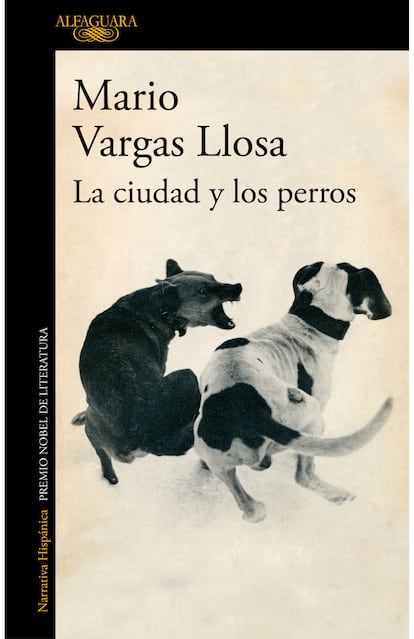
The Green House (1966)
Magistral and labyrinthine novel built with an engineer precision through a bold narrative instrumental learned to a large extent from Faulkner. Written in Paris between 1962 and 1965, it is a tour de force in which five different stories intersect, two located in the city of Piura and three in the jungle, where is the brothel to which the title alludes. In this recital of narrative arguments, a series of echoes and recurrences, of ambiguous and escalated data, allow the five plots, while alternating and braid, They flow towards their convergence in a higher unit where barbarism (or primitive forces) triumphs over civilization. In the abigarming of characters and stories, the jungle and lituma prostitute decolibly (which the author will recover in Lituma in the Andesin 1980), but also the insurgent spirit of the indigenous leader JUM, that rises against the atrocities of the rubberos, or the adventurous story of a Japanese smuggler who travels to his own end in a leprosy store. A portentous work whose genesis told Vargas Llosa in Secret story of a novel (1971).
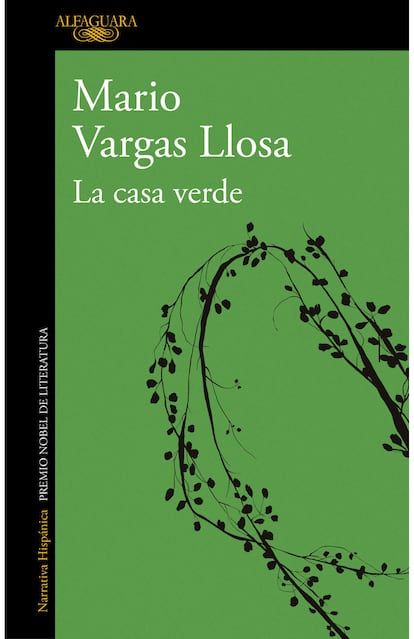
Conversation in the cathedral (1969)
Another masterpiece, impeccable execution model and of conciliation between the critical testimony of a lacerated society, that of Peru under the dictatorship of Manuel A. Odría (1948-1956), and the dazzling application of the technical tool of the modern novel. Through a four -hour conversation in the “La Cathedral” bar, Zavalita – noodist who carries equal parts with disenchantment and frustration – and Ambrosio —ex driver of his father and now at the service of the cruel Cayo Bermúdez, key piece of the gear of the dictatorship -, Vargas Llosa makes a thorough anatomy of rot Moral that has spread throughout the Peruvian social body. The multiplicity of stories, from the melodramatic to the epic, together with the polyphony taken to its maximum expression, connect the public sphere with the private one and show how the generalized debasement spreads under any dictatorial regime, A moral degradation that includes those who, fear or calculation, take refuge in inhibition or accommodating mediocrity. An impressive novel.
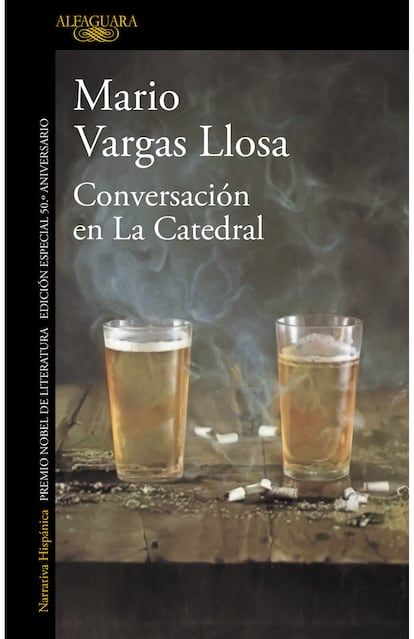
The perpetual orgy (1975)
SAGACY OF Madame Bovary, of the Flaubert workshop and, above that, a fervent statement of a “exclusive and exclusive” literary vocation. Yeah Conversation… It had been an attempt achieved of total novel, the ambition of totality is now applied to criticism. Vargas part of the reading of the 13 volumes of the correspondence of Flaubert (bought with the money that reported The city and dogs) to immerse yourself in the secrets and paradoxes of the writing of French. The admiring relationship of the qualities of this becomes a confession of the poetics itself: realism before the temptation of the fantastic or the wonderful (although History of a deicide —Your doctoral thesis – it was a detailed analysis of One hundred years of loneliness); the obsessive thoroughness in the structure, procedures and style; the adequacy between the matter narrated and the formal treatment; the rejection of improvisation or faith in genius; the unusual ability to narrate the crowd; The appreciation for the melodramatic action or, in short, the soterrado anchor of the novel in the writer’s vital experience.
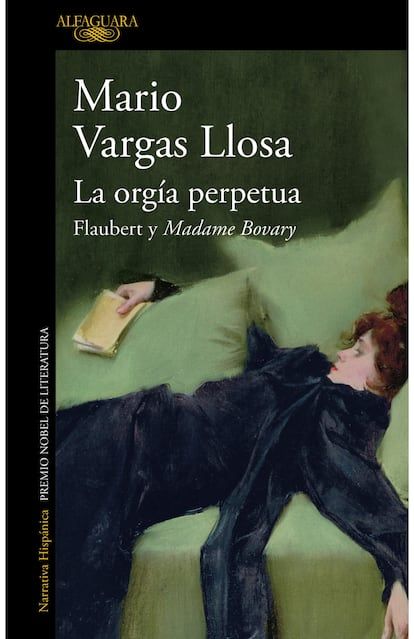
Aunt Julia and the writer (1977)
The connection between novel and autobiography (Self -fiction, if you want) has an early example here and nothing trivial. The young protagonist, Marito or Varguitas, who aspires to be a writer, works in a radio station where he knows the Writer Pedro Camacho radio folletines, whose crazy fabulations are reading. Next to the ironic care between high literature and popular soap opera, Vargas tells the details of his marriage In 1955 with his political aunt Julia Urquidi, to which she dedicates the book. Although the structure and narrative strategies move away here from their usual complexity, the novel addresses two of the writer’s “demons” with humor: the persecution of literary excellence and love life, but above all it raises the impossibility of being faithful to the real when it tries to transfer to the novel fiction.
-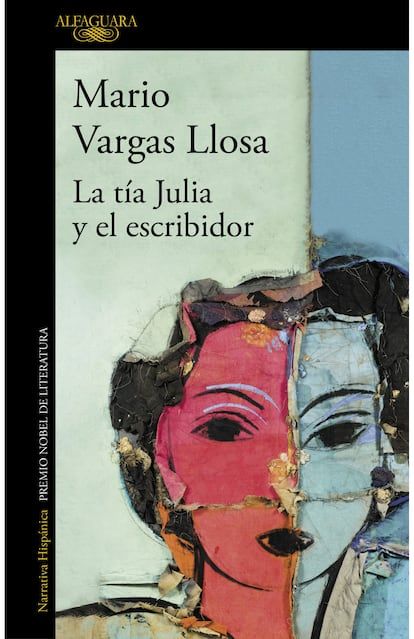
THE WAR OF THE END OF THE world (1981)
Reconstruction of Tolstoyan proportions of the Canudos War In 1897 in which the young Republic of Brazil, challenged by a religious rebellion headed by a half -haired messiah, Antonio Conselheiro, crushed the insurgents in a bloody way. The ignorance and poverty of the native population of the northeast of the country, easy grass for fanaticism, challenge the modernizer of the State and the answer that cause politicians and intellectuals question the function and motivations of each other. Vargas Llosa again mobilizes a legion of characters from all social groups, with singular attention to the unfortunate followers of the counselor, and portrays them with a vivid immediacy. Among them, the journalist Miope is grabbed to memoryTreasury of Euclides da Cunha, author of La Novel The Sertoes (1902), of which THE WAR OF THE END OF WORLD It constitutes a sumptuous rewriting. He is the ambassador of Vargas in that deranged world.
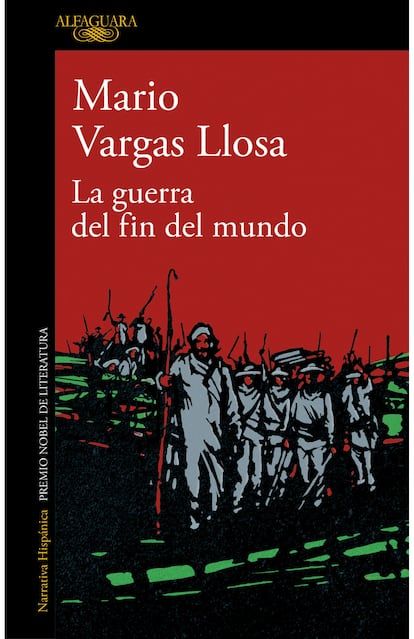
Mayta’s story (1984)
Is to rediscover the value of this novel about the fate of Latin American revolutionary youth – of which the author was part of—told here as a research report on Alejandro Mayta for a narrator who is a transcript of Vargas Llosa himself. Times and spaces oscillate from the present in which surviving witnesses are interviewed (The seventies in a Peru crushed by misery and corruption) until the days when Mayta made her novitiate as a future guerrilla (fifty years). But his figure remains inaccessible, as an enigmatic incarnation of left -wing idealism that thought he could transform reality through sacrifice and weapons. In front of Mayta, the narrator becomes visible, with his doubts and methods, to assume metafictionally that the only way to achieve Mayta’s truth is to invent it: “Lying with knowledge of cause,” as he says.
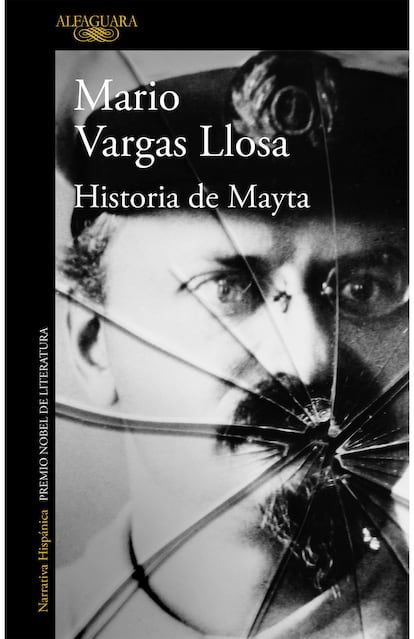
The truth of lies (1990 y 2002)
Dazzling lessons about half a century of modern novelfrom Thomas Mann and James Joyce to Saul Bellow and Ernest Hemingway through many of the capital names: Woolf. Scott Fitzsgerald, Hesse, Faulkner, Huxley, Miller, Canetti, Greene, Camus, Moravia, Steinbeck, Frisch, Nabokov, Pasternak, Lampedusa, Grass, Kawabata, Lessing, Solzhenitsin and Böll. Being extraordinary readings, it is the initial essay —What gives title to the book – the fundamental piece: a pristine defense the need for fiction, in which human beings find encrypted the deepest and elusive truths, those that escape science, history and journalism. Fiction is a drill that gives order and meaning the tumultuous chaos of life and that, with it, compensates for the precariousness and insufficiency of everyday life. In that compensatory drill, readers discover an essential, deep and indefinable truth that widens and enriches existence.
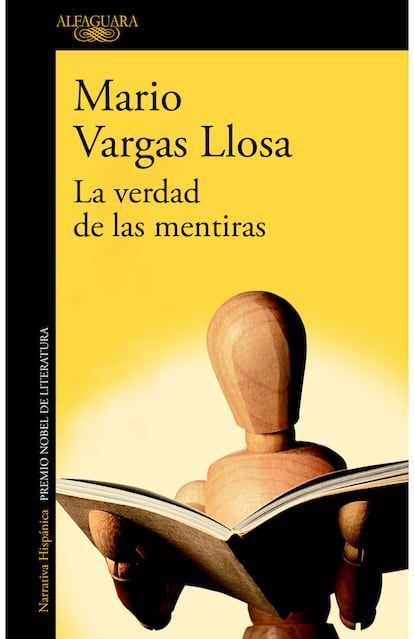
The goat party (2000)
With this novel about the fall of the dictatorship of Rafael Leónidas Trujillo in the Dominican Republic, Vargas Llosa returned to the architectural recreation of history and the ideation of complex psychologies, but above all to the denunciation of the deep and polluting abjection that engenders all tyrannical power. The slow parade of execrable individuals forms a gallery of terror: that of moral teratology created by the delirium of unrestricted political power. Faced with them, the young illusses who urden A conspiracy against the dictator represents the revolutionary idealism bound to self -destruction. The temporal and focal mobility of the story, the sway from the private to the political, the resounding veracity of the voices and psychologies contribute to produce a devastating image of any authoritarian regime. It doesn’t matter that the novel is based on real events, because Trujillo could have called Juan Vicente Gómez, Stroessner, Perón or Castro.
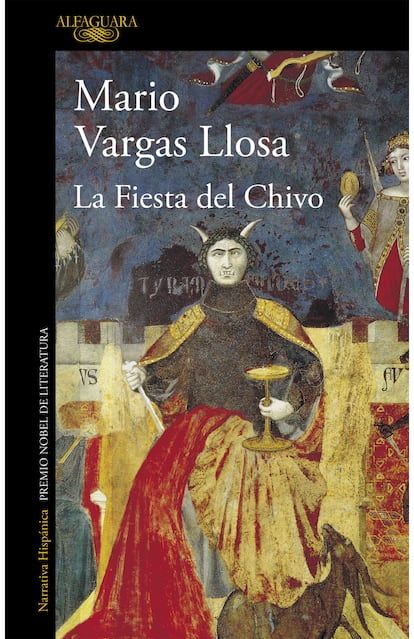
I dedicate my silence (2023)
Vargas Llosa says goodbye to the novel with this beautiful Celebration of Peruvian popular music that is, at the same time, an ironic mockery of nationalist utopism. Who embodies it is a sad and excessive folklorist, Toño Azpilcueta, clinging to the naive idea that Creole music is the mortar that allows to overcome ethnic and class differences in Peru: the huachafería (a sensitive effusivity outside the use of reason) is the feeling that unifies the homeland. The essay where Azpilcueta exposes his thesis is embedded In the story of his miserable daily life, which is barely echoing the terrorism of the Shining Path, in an abrupt contrast between the ideal and the real, between what we believe and we want the reality and its sullen and disconsolate countenance. And yet, the novel manages to remain in the air, above the defeat, the rhythms of the Huainos, the Waltzers and the sailors.
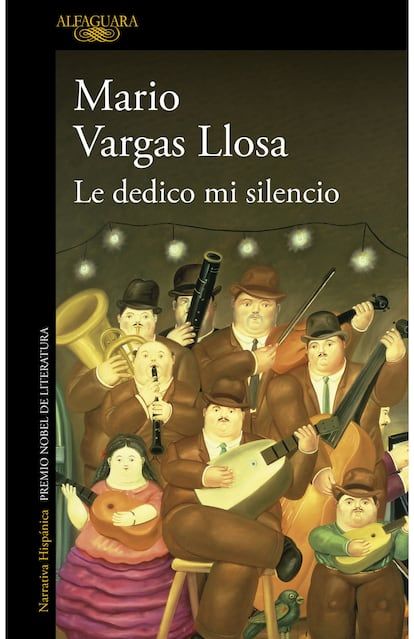
* Our journalists rigorously and independent products and services that you can acquire on the Internet. Every time you buy through some links added to the text, the country can receive a commission. Read here Our commercial policy.

